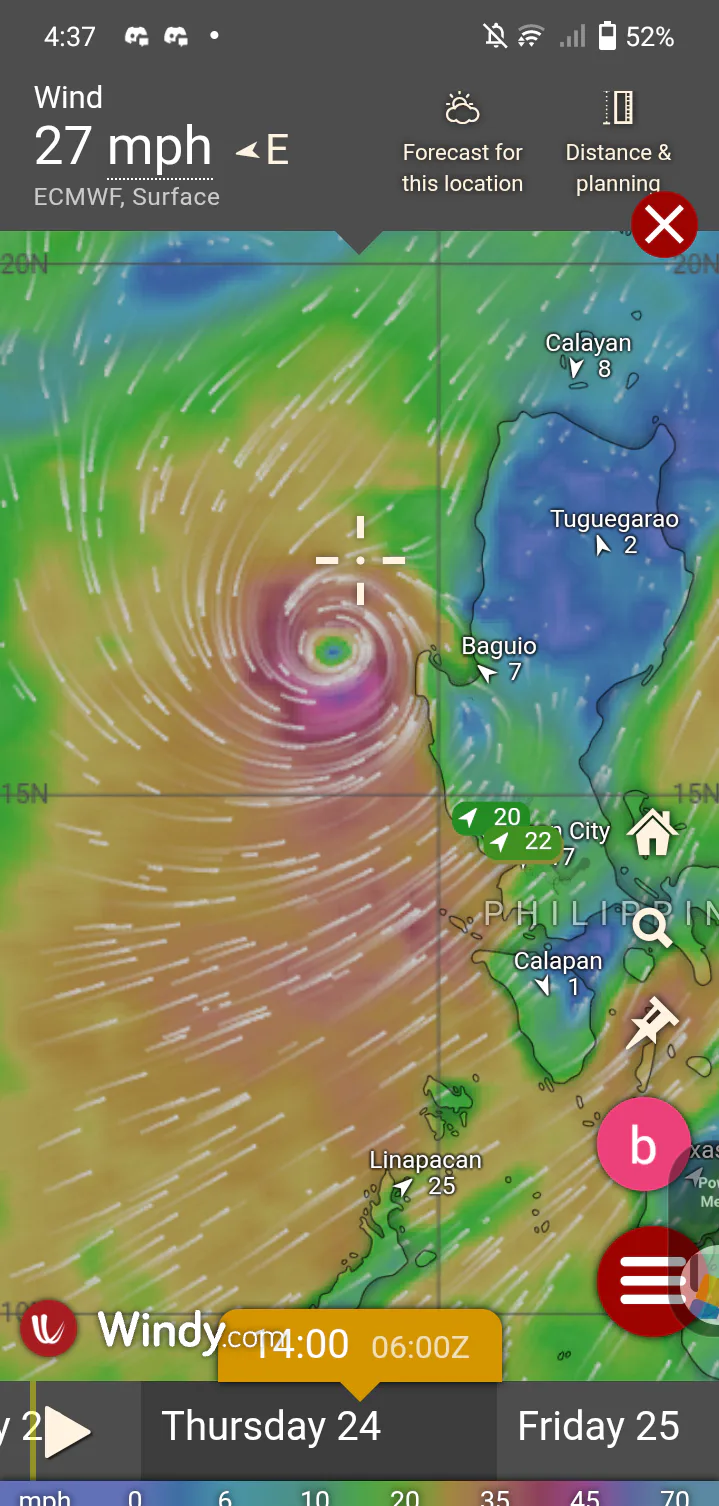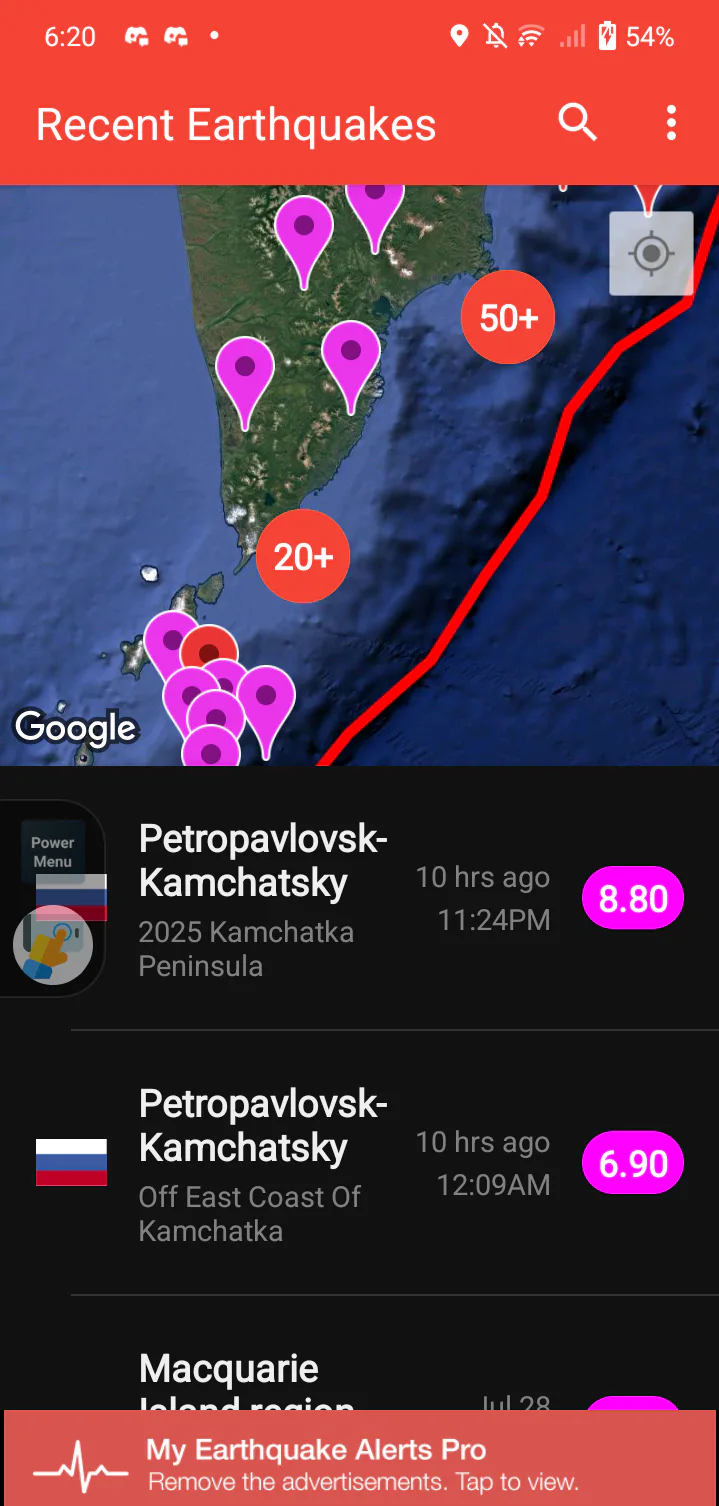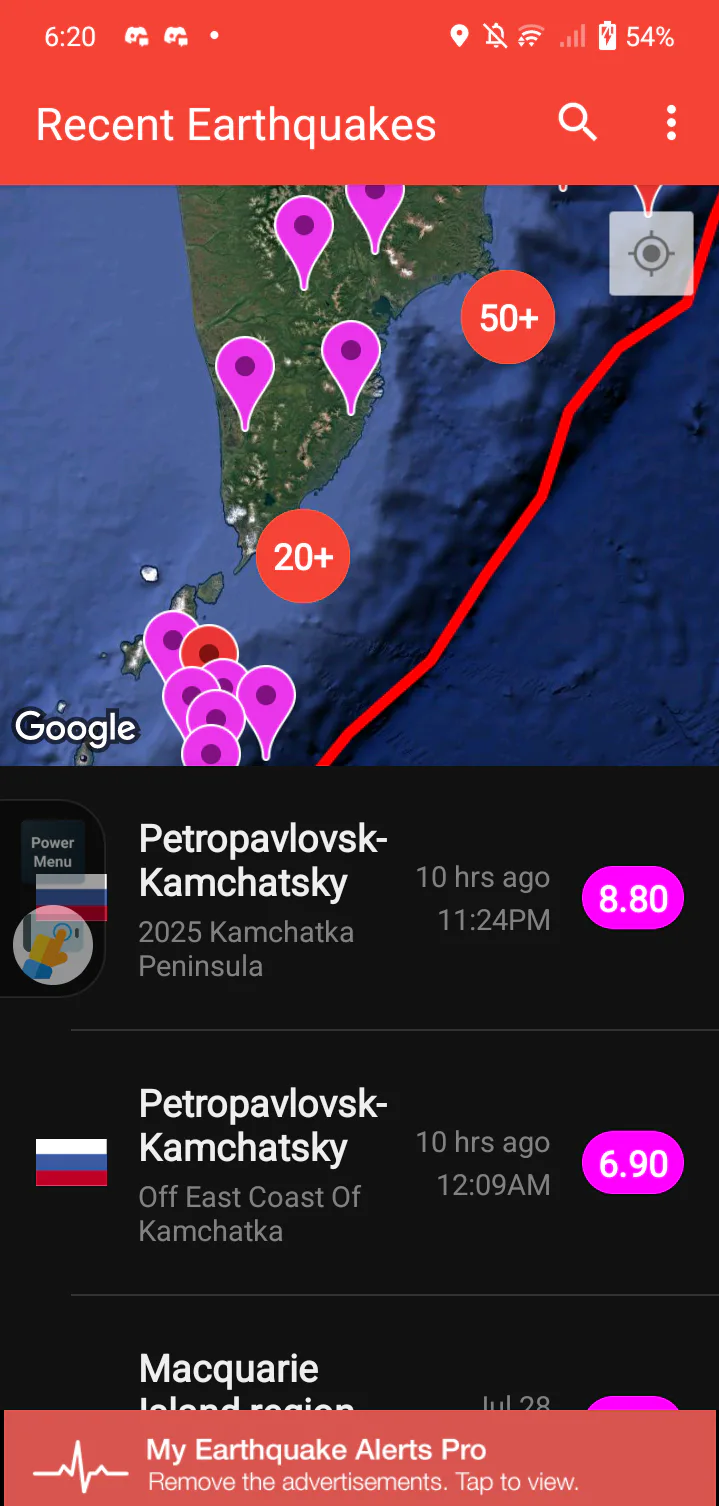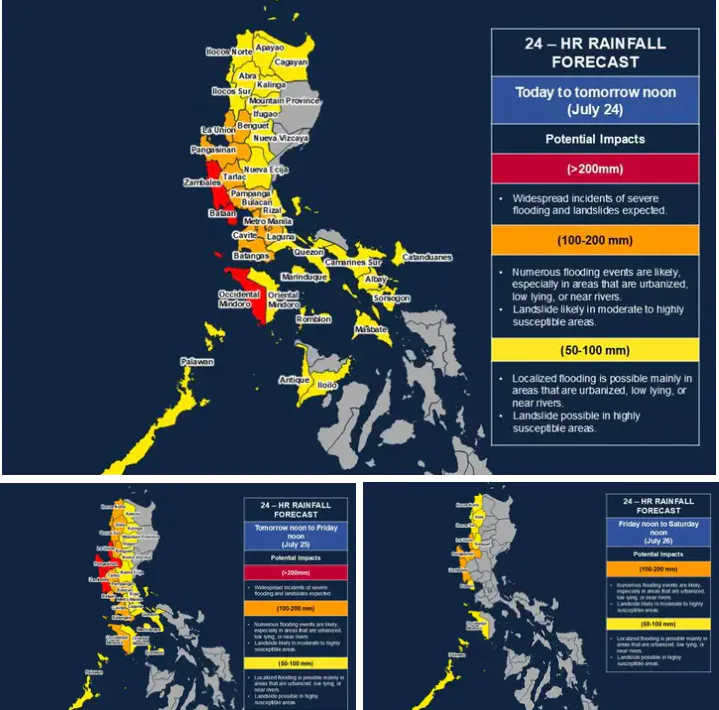The Taal Volcano eruption on January 12, 2020, was a significant geological event in the Philippines, marking the volcano's first major activity since 1977. Situated in Batangas province, approximately 60 km south of Manila, Taal is one of the country's most active volcanoes.
---
🌋 Eruption Overview
The eruption commenced around 1:00 PM Philippine Standard Time with a phreatic explosion, which rapidly escalated into a phreatomagmatic eruption. This explosive activity produced an ash column reaching heights of 10–15 km, accompanied by volcanic lightning and lava fountains. The Philippine Institute of Volcanology and Seismology (PHIVOLCS) raised the alert level to 4 out of 5, indicating that a hazardous explosive eruption was imminent.
---
🏚️ Impact on Communities
The eruption had widespread effects:
Displacement: Over 736,000 people were affected, with more than 70,000 individuals taking shelter in evacuation centers.
Infrastructure Damage: Ashfall and seismic activity damaged homes, roads, and utilities, leading to power and water supply interruptions.
Health Concerns: The eruption released significant amounts of sulfur dioxide, posing health risks, especially to individuals with respiratory conditions.
Environmental Changes: The Main Crater Lake dried up due to fissures and heat, altering the local ecosystem.
---
🛡️ Government and Humanitarian Response
In response to the crisis:
State of Calamity: Declared in Batangas and later extended to the entire Calabarzon region to facilitate emergency measures.
Evacuations: Mandatory evacuations were enforced within a 14 km radius of the volcano.
Aid Distribution: Government agencies provided food packs, sleeping kits, and medical assistance to affected residents.
---
🧪 Scientific Observations
Prior to the eruption, increased diffuse CO₂ emissions were detected, servi
ng as a precursor to the volcanic activity.



















2 comments